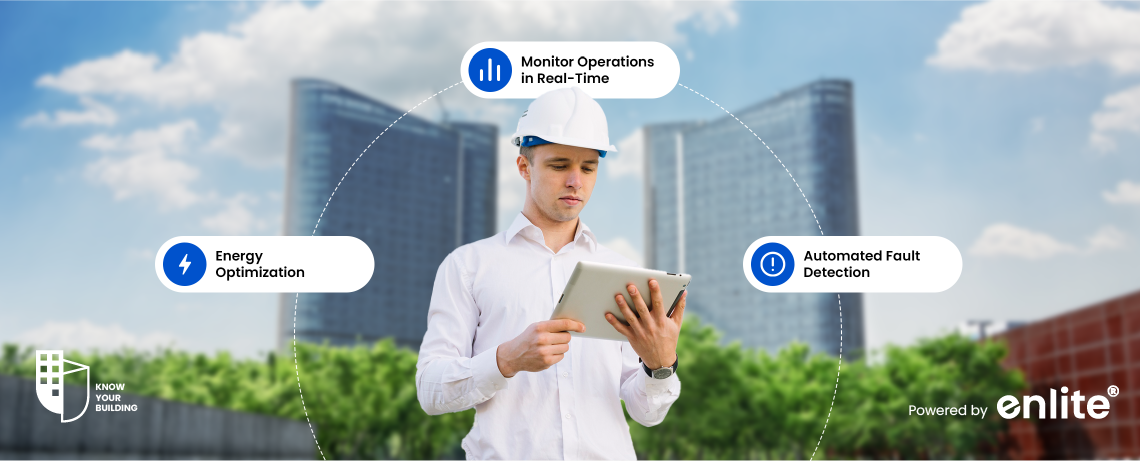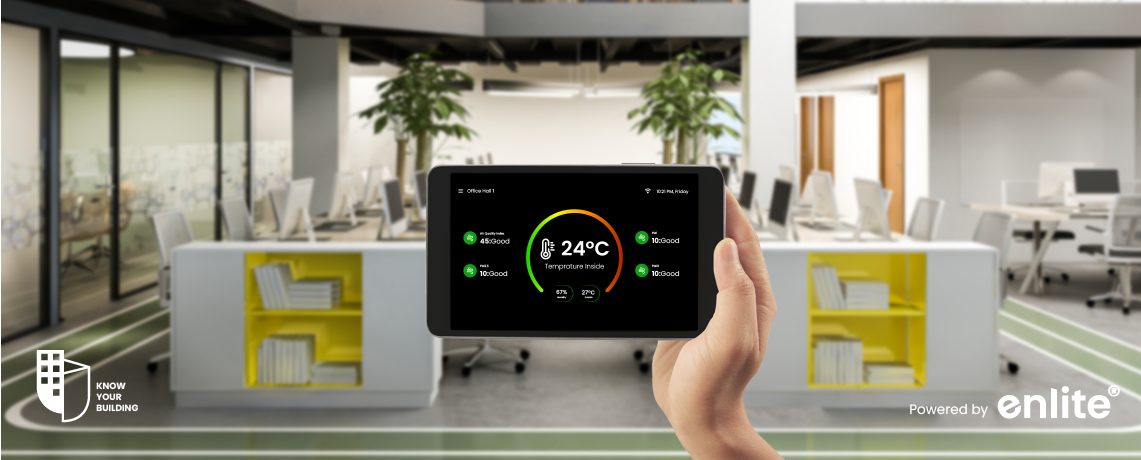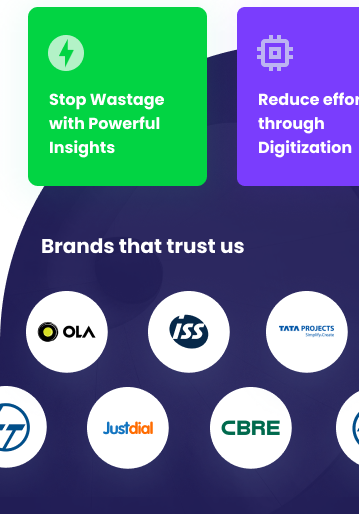Introduction
Managing building assets efficiently is critical for ensuring operational excellence, cost savings, and sustainability in modern facilities. Building Management Systems (BMS) are powerful tools that help facility managers monitor, control, and optimize building assets such as HVAC systems, lighting, elevators, and more. With advanced features like real-time monitoring, predictive maintenance, and automation, BMS provides a centralized platform for asset management.
This blog explores the best practices for managing building assets using BMS and how they contribute to better operational outcomes.
Why Effective Asset Management is Important
Key Benefits of Asset Management:
- Cost Efficiency: Optimizing the performance of building assets reduces energy consumption and maintenance costs.
- Extended Lifespan: Regular monitoring and predictive maintenance extend the life of critical equipment.
- Improved Safety: Proactive asset management ensures that systems like fire alarms and elevators operate reliably, enhancing occupant safety.
- Sustainability Goals: Efficient management supports energy conservation and reduces a building’s carbon footprint.
Best Practices for Managing Building Assets with BMS
1. Centralized Asset Monitoring
A BMS provides a single platform for monitoring all building assets in real time. Centralized dashboards offer facility managers a comprehensive view of asset performance, helping them identify inefficiencies and address issues promptly.
Pro Tip: Customize dashboards to prioritize critical systems, such as HVAC or lighting, for quick access and decision-making.
2. Implement Predictive Maintenance
BMS can analyze asset performance data to predict potential failures before they occur. Predictive maintenance minimizes downtime, reduces repair costs, and ensures uninterrupted operations.
Example: Sensors in HVAC systems can detect anomalies like reduced airflow or overheating, prompting timely interventions.
3. Optimize Energy Management
Integrating energy optimization features within the BMS allows facility managers to track and control energy consumption across assets. Automation ensures that lighting, heating, and cooling systems operate only when needed.
Pro Tip: Leverage energy usage reports from the BMS to identify patterns and implement energy-saving strategies, such as smart scheduling and occupancy-based adjustments.
4. Regularly Update and Integrate Systems
Ensure that your BMS is updated with the latest software and integrates seamlessly with other building technologies. Integration with IoT devices and renewable energy systems enhances the system’s capability.
Pro Tip: Use open-protocol BMS platforms to enable easier integration with third-party devices and future upgrades.
5. Track Asset Lifecycles
BMS allows for detailed tracking of asset lifecycles, including installation dates, maintenance schedules, and expected end-of-life timelines. This data helps in planning replacements and budgeting.
Pro Tip: Set automated alerts within the BMS to remind facility managers of upcoming maintenance or replacements.
6. Enable Remote Management
Cloud-based BMS platforms allow facility managers to monitor and control building assets remotely. This capability is especially useful for multi-site operations or for addressing issues during off-hours.
Example: A facility manager can adjust HVAC settings or troubleshoot a lighting issue from a mobile device while away from the building.
7. Leverage Data Analytics for Decision-Making
BMS collects vast amounts of data on asset performance, energy usage, and operational trends. Facility managers can use analytics to identify inefficiencies, forecast maintenance needs, and support strategic decision-making.
Pro Tip: Use historical data trends to set benchmarks and optimize building performance over time.
Common Challenges in Managing Building Assets and How BMS Addresses Them
1. Challenge: Lack of Real-Time Visibility
Solution: BMS provides real-time monitoring, enabling immediate action to address issues and optimize operations.
2. Challenge: High Maintenance Costs
Solution: Predictive maintenance and automation reduce unplanned downtime and repair expenses.
3. Challenge: Inefficient Energy Use
Solution: Energy management tools within BMS help track and control energy consumption, reducing wastage.
The Future of Asset Management with BMS
Trends to Watch:
- AI and Machine Learning: Advanced algorithms will enhance predictive maintenance and optimize asset performance automatically.
- IoT Integration: IoT-enabled devices will provide granular data for better asset management and energy optimization.
- Cloud-Based Platforms: Increased adoption of cloud-based BMS solutions will improve remote management capabilities and scalability.
Building Management System
Efficient asset management is essential for the performance and sustainability of modern buildings. Building Management Systems (BMS) offer a robust platform to monitor, control, and optimize building assets, ensuring cost efficiency, operational reliability, and environmental responsibility.
By adopting best practices like predictive maintenance, energy optimization, and data analytics, facility managers can maximize the potential of their BMS and create smarter, more sustainable buildings.
Invest in a Building Management System today and take the first step toward smarter asset management.














